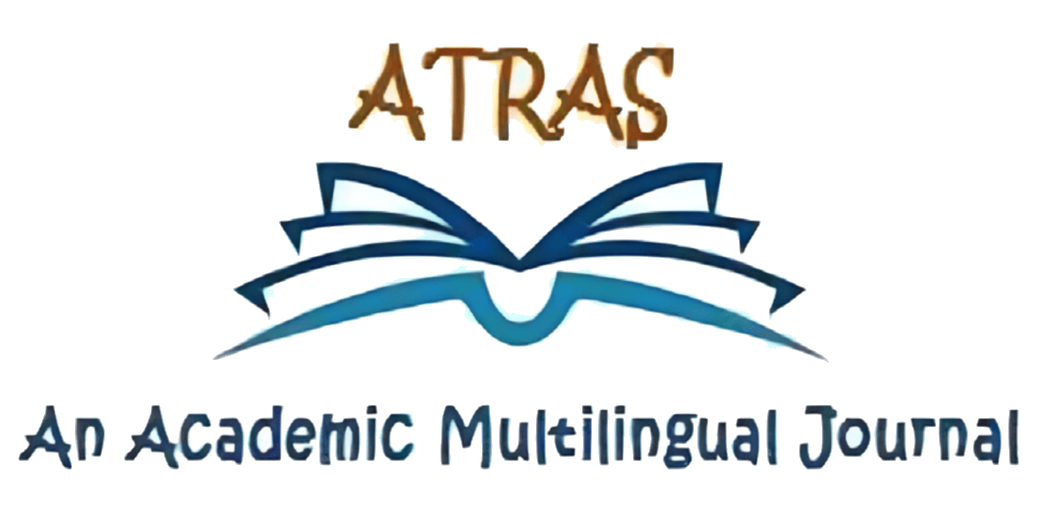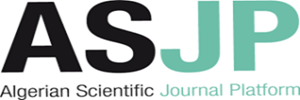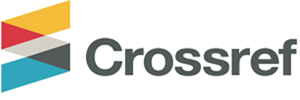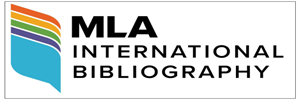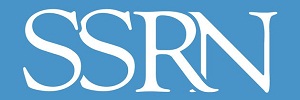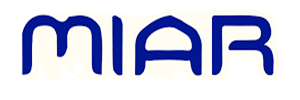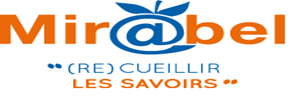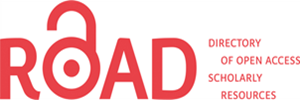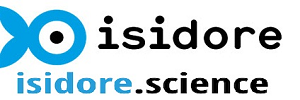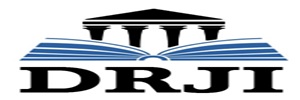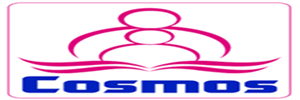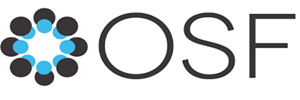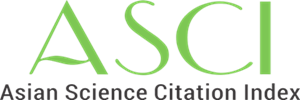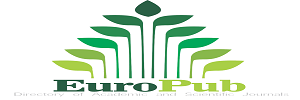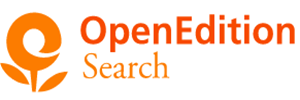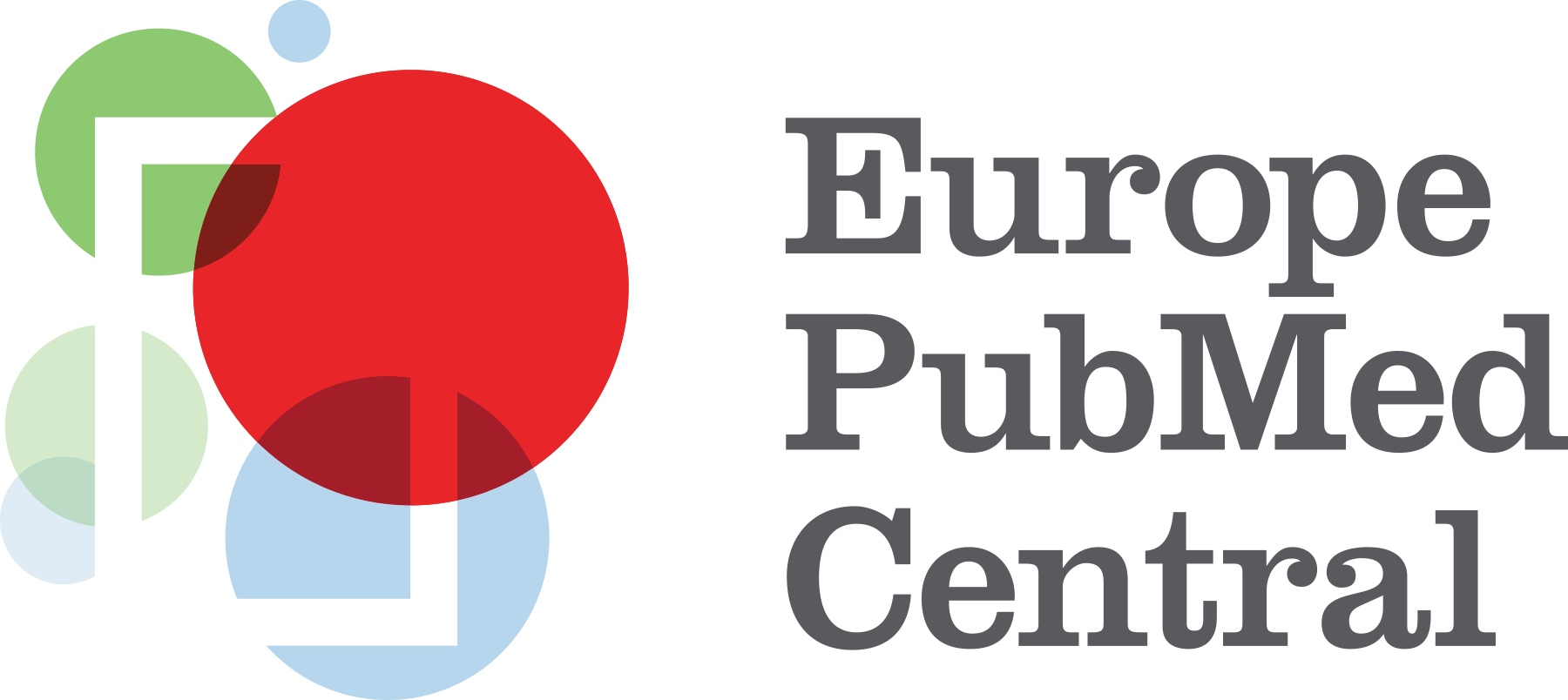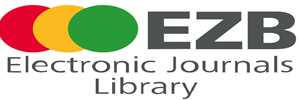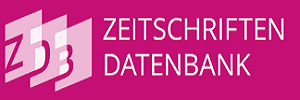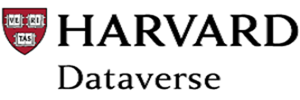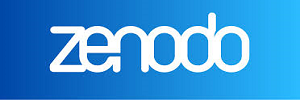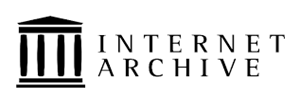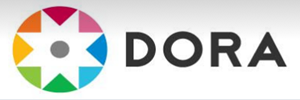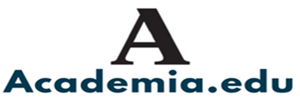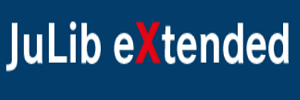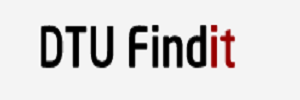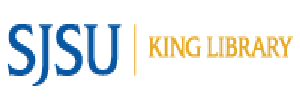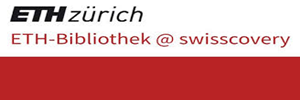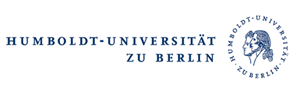Title: Gender Issues in English Literature: A 21st Century Aspect
Dinesh Kumar
Assistant Professor of English
Dyal Singh College, Karnal
Abstract:
There is no doubt that literature is a reflection of life and society. It faithfully reflects the day-to-day happening in one’s life. The characters’ experiences in the literary works are, no doubt, the experiences of ordinary individuals in society. Putting ourselves in place of the characters that we come across in literature, gives one the feeling and sense of what would we have done in that particular situation. The English literature has been divided according to different periods which reflect different environments and atmospheres. Like men, the position of women has also been a key concern in literary works. The situation of females has changed over time. From the time of the middle ages till the present time, there have been radical and drastic changes in the position of women. We can discuss the condition of a particular age that contributed a great deal to shaping the image of women as we can witness through various works written by both males and females from the Middle Ages, the age of Chaucer, the Elizabethan era, the Neo-classical era, Romantic age, Victorian age to the present modern and post-modern period.
Keywords:
Ages, civilization, delineation, patriarchy, position, predicament, reflection
How to Cite this Paper:
Dinesh, K. (2022). Gender Issues in English Literature: A 21st Century Aspect. Atras Journal, 3(2), 66-77
References
Arora, N. (2000). An Analytical Study of Sisters. The Fiction of Shobha De. New Delhi: Prestige.
Asnani, S. (1987). New Dimensions of Indian English Novel. Delhi: Doaba House.
Barry, F. (1995). Beginning Theory: An introduction to literary and Cultural theory. Manchester and New York: Manchester University Press.
Betty, F. (1963). The Feminine Mystique. New York: Dell, 1963.
Bhabha, H. K. (1990). Nation and Narration and the Location of Culture. New York: Routledge.
Bhargava, R. (2002). Indian Writing in English: The Last Decade. New Delhi; Rawat.
Camden, C. (1975). The Elizabethan Women. New York: Paul. A. Apple.
Dunn, C. M. (1977). “The Changing Image of Woman in Renaissance Society and Literature.” What Manner of Woman. New York: NYU Press.
Greenblat, S. (1997). Introduction. The Norton Shakespeare. New York: Norton.
Mukherjee, M. (2000). The Perishable Empire: Essays on Indian Writing in English. New Delhi: Oxford University Press.
Naik, M.K. (1982). A History of Indian English Literature. New Delhi: Sahitya Akademi.
Putnam, E J. (1970). The Lady. Chicago: University of Chicago Press, 1970.
Ruthven, K.K. (1990). Feminist Literary Studies: An Introduction. Cambridge.
Wiesner, M. E. (1986). “Women’s Defence of their Public Role.” Women in the Middle Ages and the Renaissance. Syracuse: Syracuse University Press.

Copyright for all articles published in ATRAS belongs to the author. The authors also grant permission to the publisher to publish, reproduce, distribute, and transmit the articles. ATRAS publishes accepted papers under the Creative Commons Attribution-NonCommercial 4.0 International (CC BY-NC 4.0) License. Authors submitting papers for publication in ATRAS agree to apply the CC BY-NC 4.0 license to their work. For non-commercial purposes, anyone may copy, redistribute material, remix, transform, and construct material in any media or format, provided that the terms of the license are observed and the original source is properly cited.
